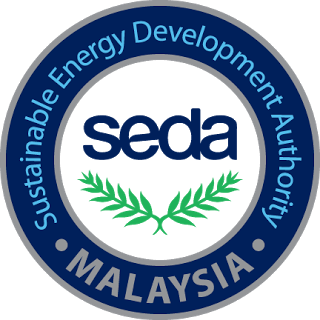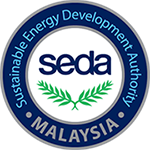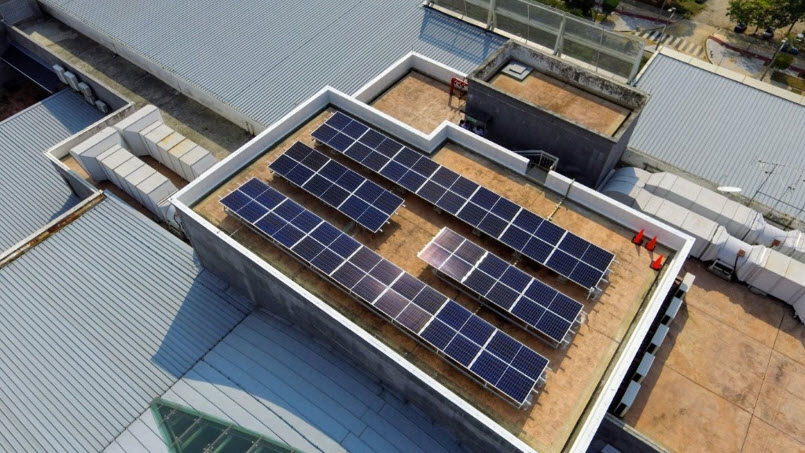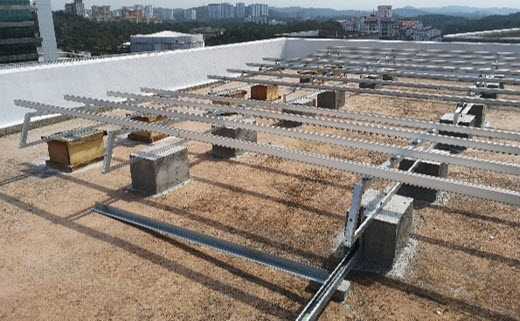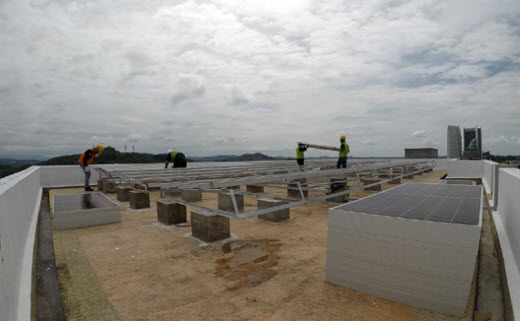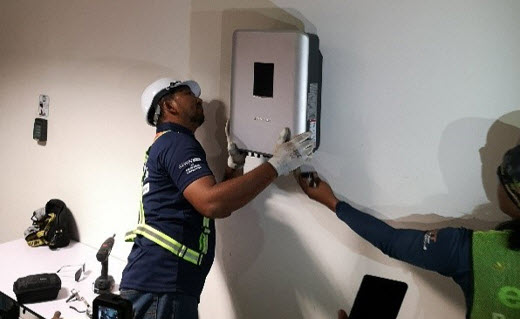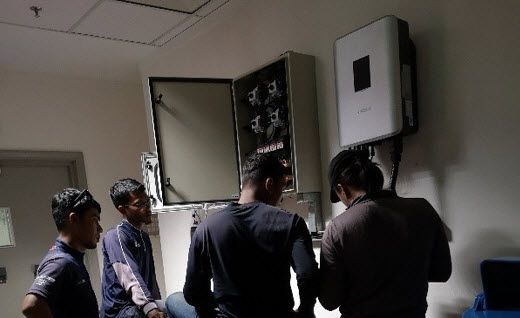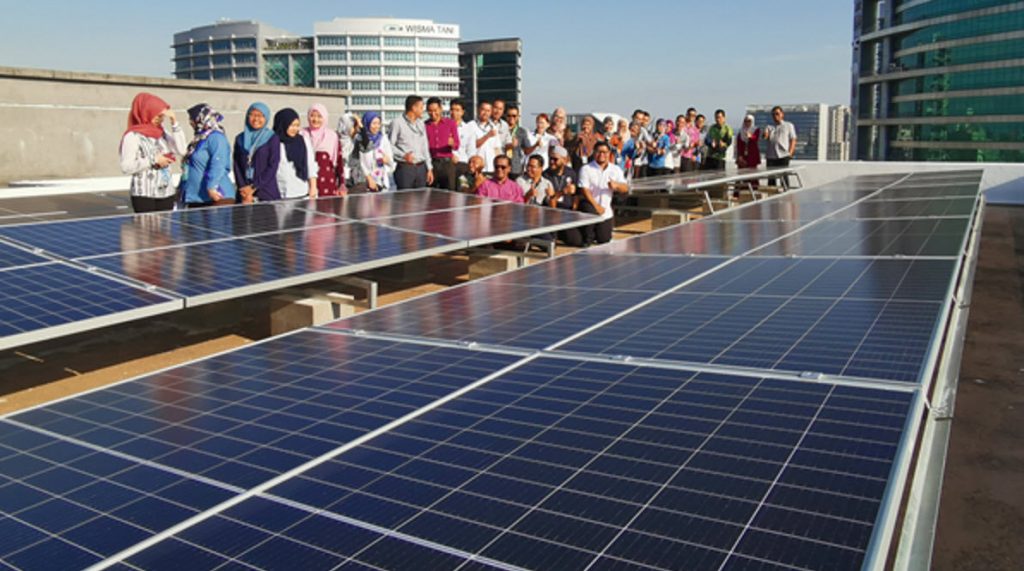The Authority as the one of agencies who is responsible in providing technical facilitation as well as promoting the sustainable energy in Malaysia has initiated the energy management in the Authority’s Headquarter located in Putrajaya. The initiative was started in 2015 by in-house expertise of the Authority.
Various Energy Management initiatives had helped the Authority in achieving the Building Energy Index (BEI) of 51 kWh/m2/year (Zero Energy Building ZEB Ready), compared to 220 to 300 kWh/m2/year for a typical office building in Malaysia and electricity bill ≈ RM2,000/mth. This translated to savings of almost 74,143.45 kWh per year (at least RM38,000 per annum) and avoided 50 tons per year of carbon emissions.
